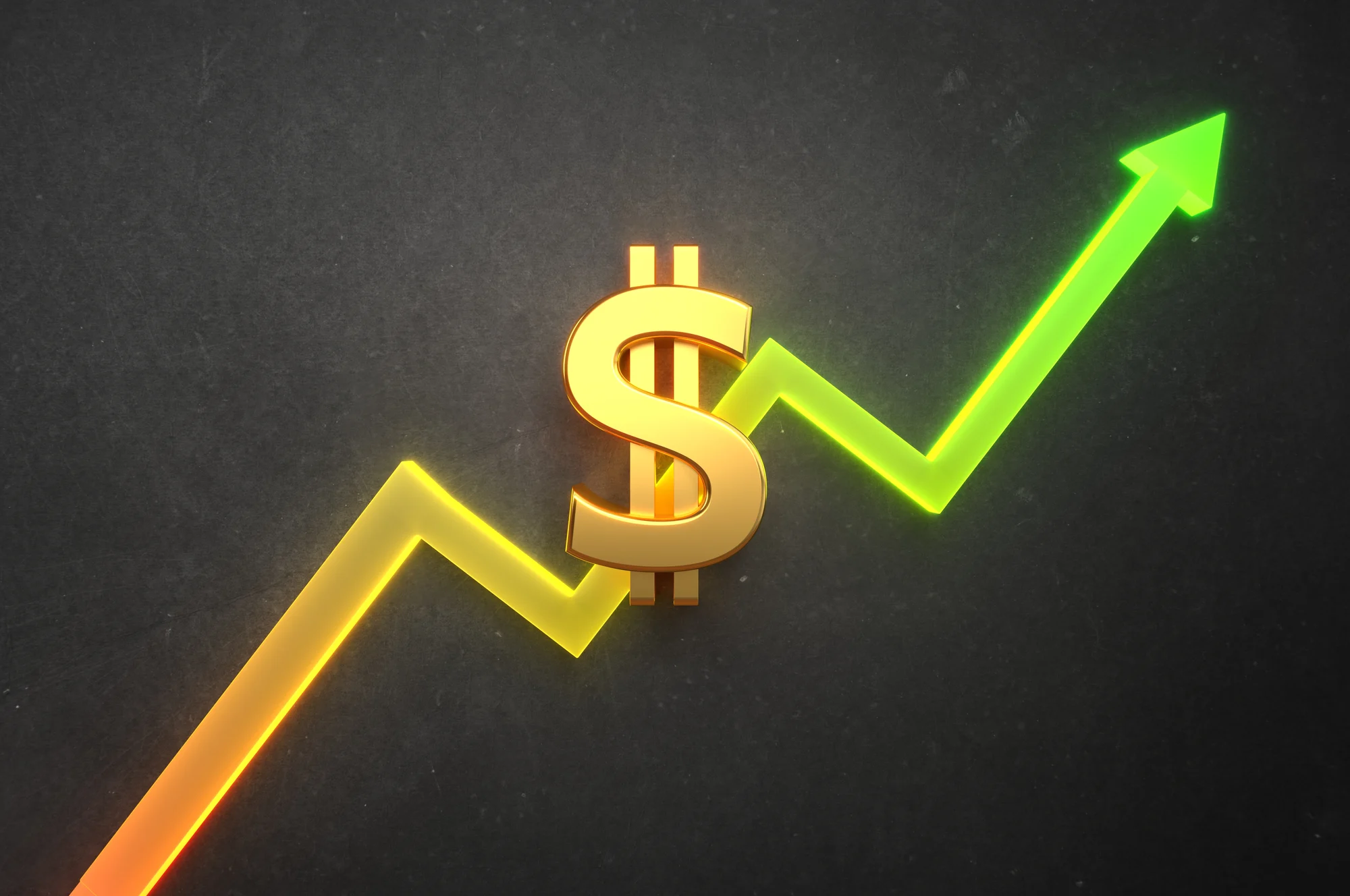The wholesale power business used to be predictable and profitable for independent power producers (IPPs) because of the nature of the industry and the slow and steady growth in demand from electricity customers. Peak power prices were high and prices generally rose as demand grew. But the last decade has been surprisingly bad for some of the country's biggest IPPs, as you can see in this chart of the stock prices of Calpine Corporation (NYSE: CPN), Dynegy Inc. (NYSE: DYN), Exelon Corporation (EXC 0.16%), and NRG Energy Inc. (NRG +0.20%).
Falling natural gas prices led to some of the problems because new gas plants were built and became more competitive than coal plants, leading to falling wholesale prices and lost revenue for older assets. Stagnant demand from electricity customers has also hurt IPPs as a whole. But renewable energy has been surprisingly damaging and it's this new energy source that IPPs need to adapt to or face the very real risk of going out of business.
How renewable energy upset the utility model
In simple terms, the traditional electricity structure has been wholesale power producers (WPPs) providing electricity to regulated utilities that distributed and sold that energy to customers. These businesses are normally separate with some regulated utilities owning unregulated IPP arms and some companies focusing on one segment of the market.
As power was needed, there was a level of order to the market with nuclear and coal providing base load power and natural gas plants filling in where needed. Peaker plants that ran only at times of high demand could command the highest price on the wholesale market because they were the only ones who could provide the peak demand to keep the grid running. Bloomberg recently went through an example of how this dynamic worked in Texas.
One thing that upset this model has been the growth of renewable energy. Wind and solar power plants are not only normally contracted to get paid for electricity no matter what they produce, their operating costs once they are built is almost nothing. That can lead to lower demand for fossil fuel electricity when the sun is out or the wind is strong. And if they're bidding into wholesale markets, it can even push wholesale prices negative for a short period of time. It's as if renewable energy jumps to the front of the line, cutting out demand for IPPs.
Solar energy has been particularly problematic, shaving off the high cost peak energy demand that IPPs used to count on to pad their revenue on hot summer days. When the sun is out and air conditioning is blasting across the country, it used to send wholesale spot prices through the roof. Now, that's when solar power plants perform best.

Image source: Getty Images.
IPPs are dying, so they should look to energy storage for growth
With wind and solar power now cost competitive with fossil fuels and lower cost in many places, the dynamic that's strangling IPP's financials isn't going to slow down. Most IPPs are adapting by buying renewable energy power plants, but that's only one solution they need to explore.
I think IPPs need to start looking at this as an opportunity to make a new market for energy storage. Renewable energy's biggest drawback has always been that it's not a consistent source of power to the grid, and that's long meant spinning reserves have been required to keep the grid operating. But energy storage could fill that gap and provide ancillary value to the grid like frequency regulation and the offset of capital equipment upgrades.
IPPs could perform some energy arbitrage with energy storage, and if they had long duration storage like flow batteries or hydrogen, we could start using more solar energy saved and used during winter months. Companies would have to help develop rate structures that would make energy storage economically viable, but with the traditional IPP market in trouble, this could be a way to build a business for the future.
For utilities, regulators, and customers, there could be huge advantages as well. Energy storage in sufficient scale could mean the end of peaker plants as we know them, cutting the most expensive energy source from the grid. It would also allow the grid to use more renewables, which customers large and small are driving today.
It's time to think innovatively about the future of energy and IPPs will be in trouble if they don't. Energy storage is a great place to start looking for struggling IPPs, and if they play their cards right, they could develop a profitable business driving more renewable energy adoption, rather than watching renewables slowly kill their traditional power plant business.








